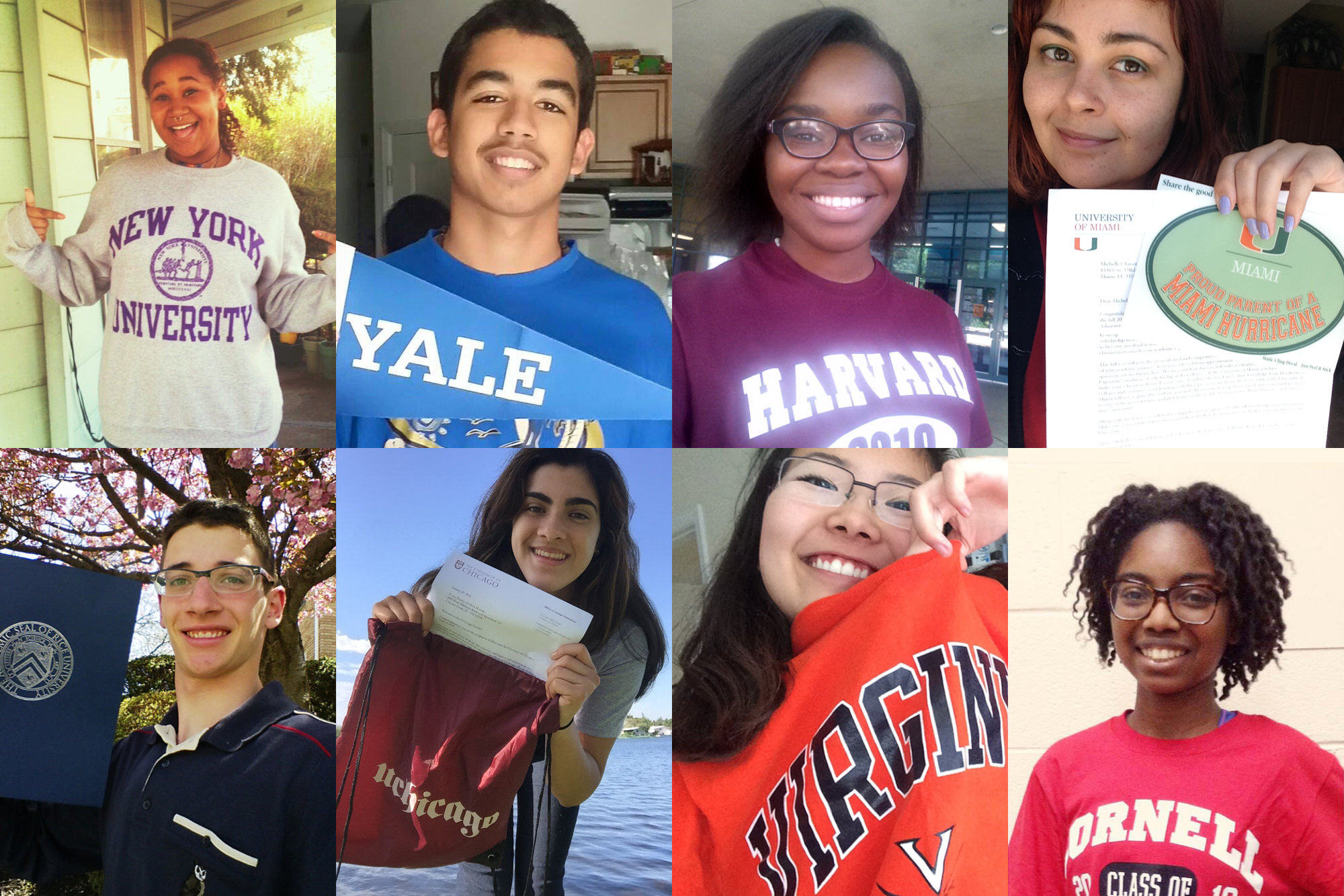We cannot stand by while remarkable students do not access the opportunities they have earned. Working alongside Bloomberg Philanthropies, we are pleased to be able to say to these students ‘if you work hard, we will help break down barriers to help you succeed.’
David Coleman
College Board President and CEO
Bringing higher education within reach and matching high-achieving students with top schools
Each year, tens of thousands of hardworking, high-achieving students from low- and moderate-income families fail to apply to even a single leading college or university that matches their qualifications.
More than 50% of these students settle for two- or four-year colleges well below their abilities—and leave with more debt, have lower graduation rates, and, as a consequence, have dramatically reduced career and leadership opportunities.
In response to this challenge, Bloomberg Philanthropies created a coalition of nonprofit organizations and philanthropic institutions with the goal of helping up to 65,000 high-achieving, low- and moderate- income students apply to, enroll in, and graduate from top institutions.
The program connects students with advisors who provide virtual one-on-one advising over the phone, text, email, video conference, and document sharing. Advisors provide:
- Credible, personalized guidance about which institutions are a good match given each student’s level of academic achievement.
- Accurate, personalized information about the real costs of leading institutions, which, because of financial aid, are often far less than lower-income students believe.
- Examples of other students like themselves who have successfully made the transition to top institutions.
Helping low-income high-achievers reach their full potential at college won’t just address inequality from the bottom up, it will help us capitalize on the full spectrum of American talent. We’re already beginning to see progress.
Graduates of top-tier colleges earn 18 to 28% more than peers who did not, creating an earnings gap of up to $550,000 over a lifetime.
8,300
high-achieving, low- and moderate-income high school students from the class of 2016 are being advised
30+
full-time CollegePoint advisors
400
college students advising part-time
1,325+
high school students in graduating class of 2015 received virtual advising
87%
87% of those surveyed applied to at least one school in the top 80 (a 15% bump from those who did not receive advising)
67%
were accepted to at least one of them

